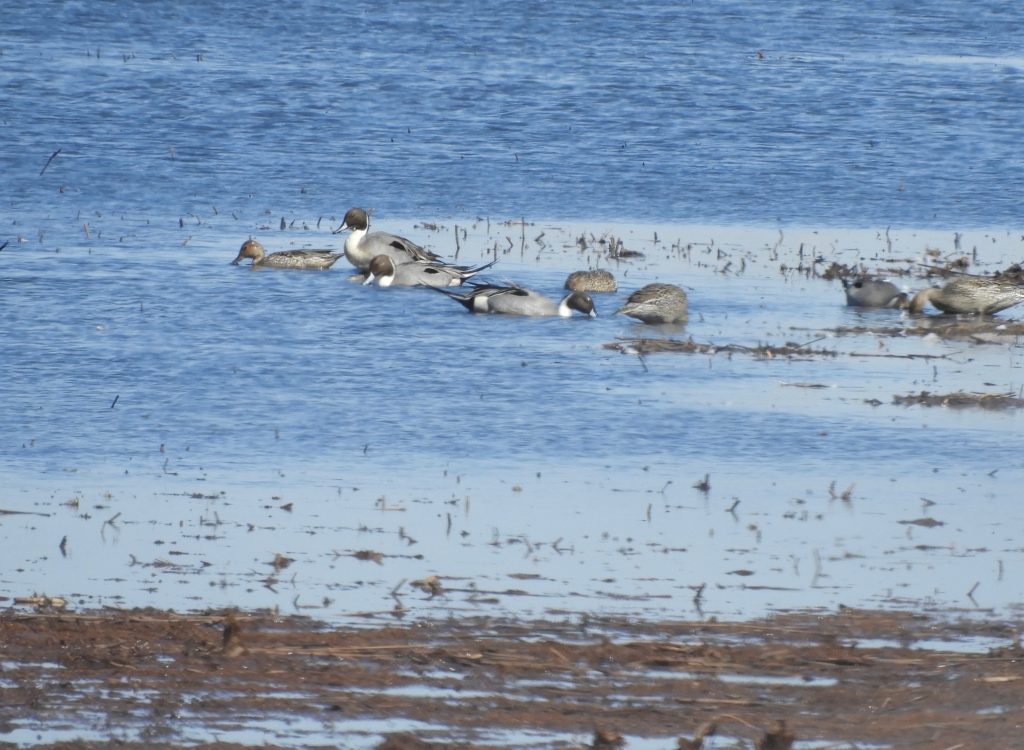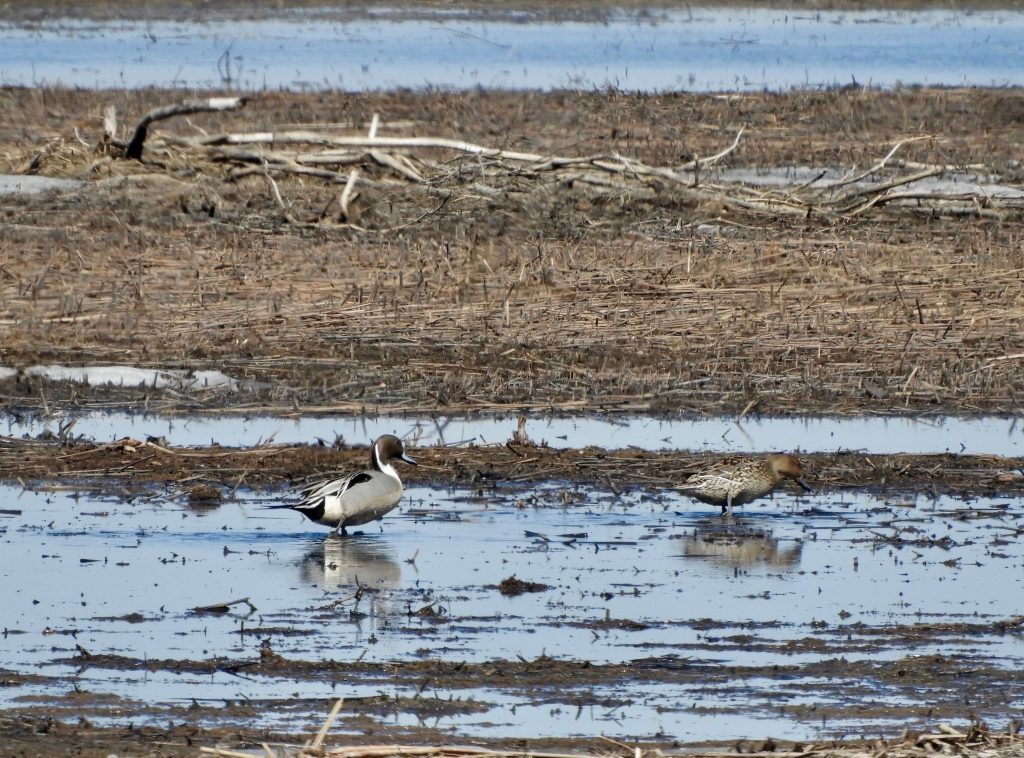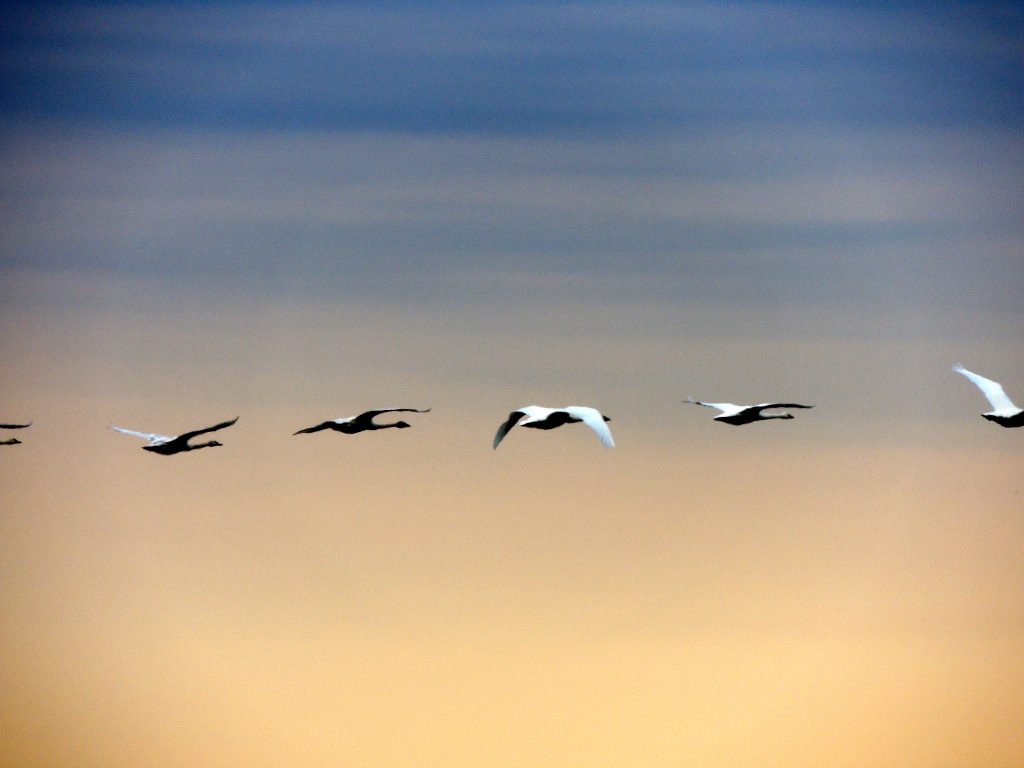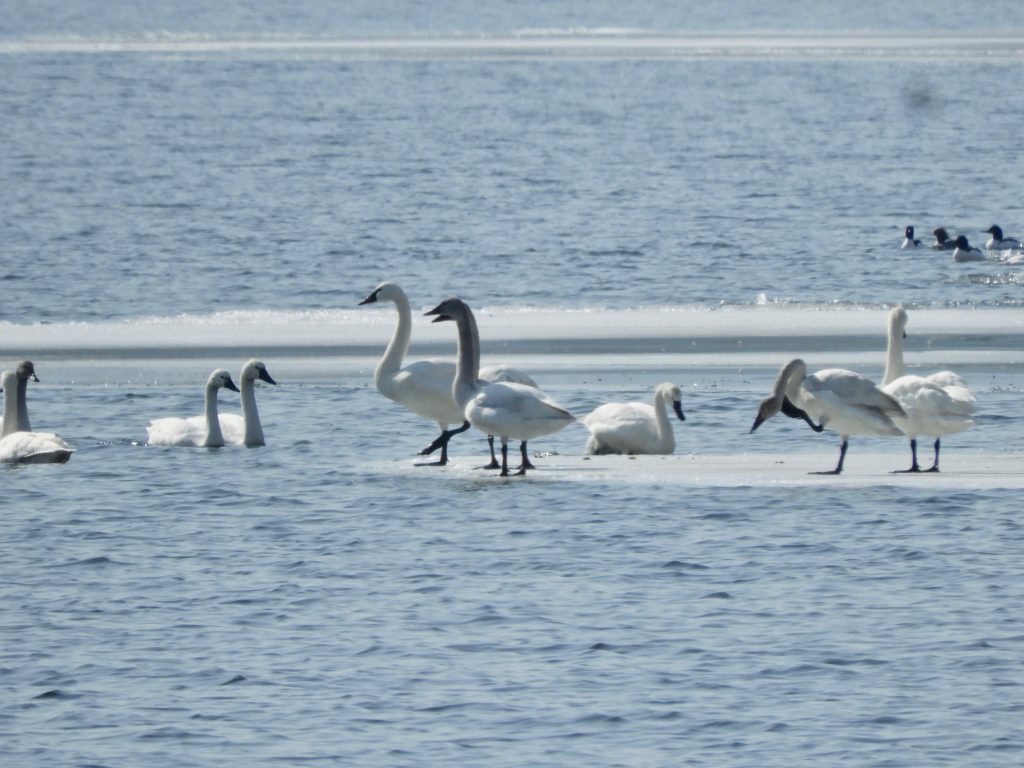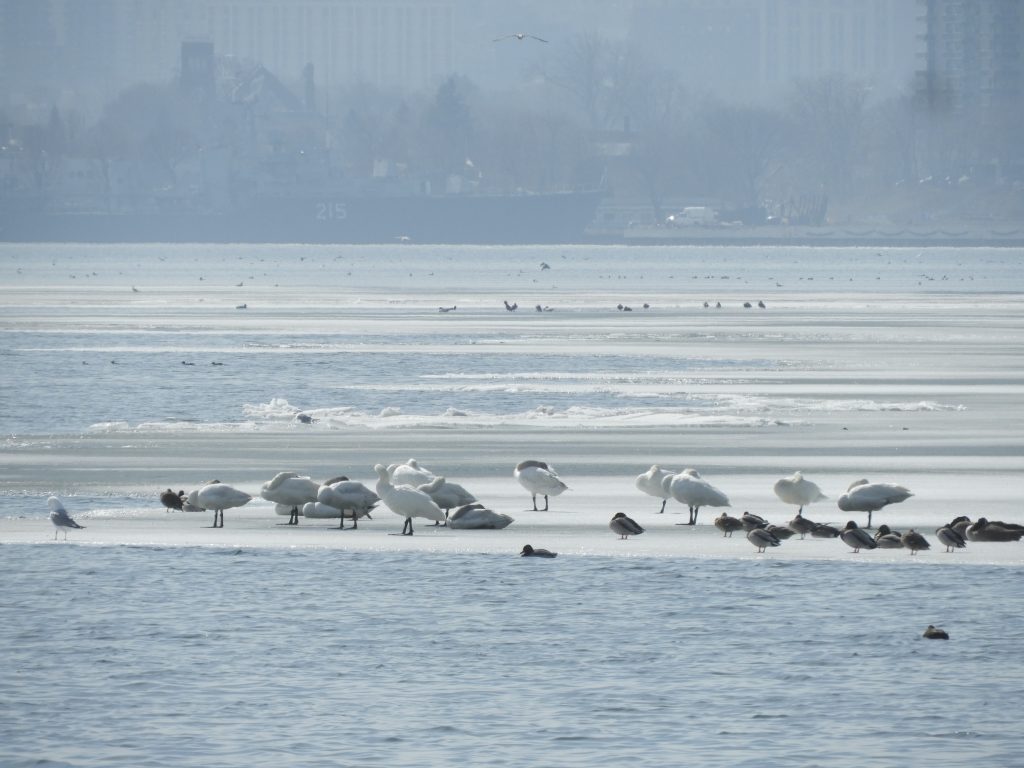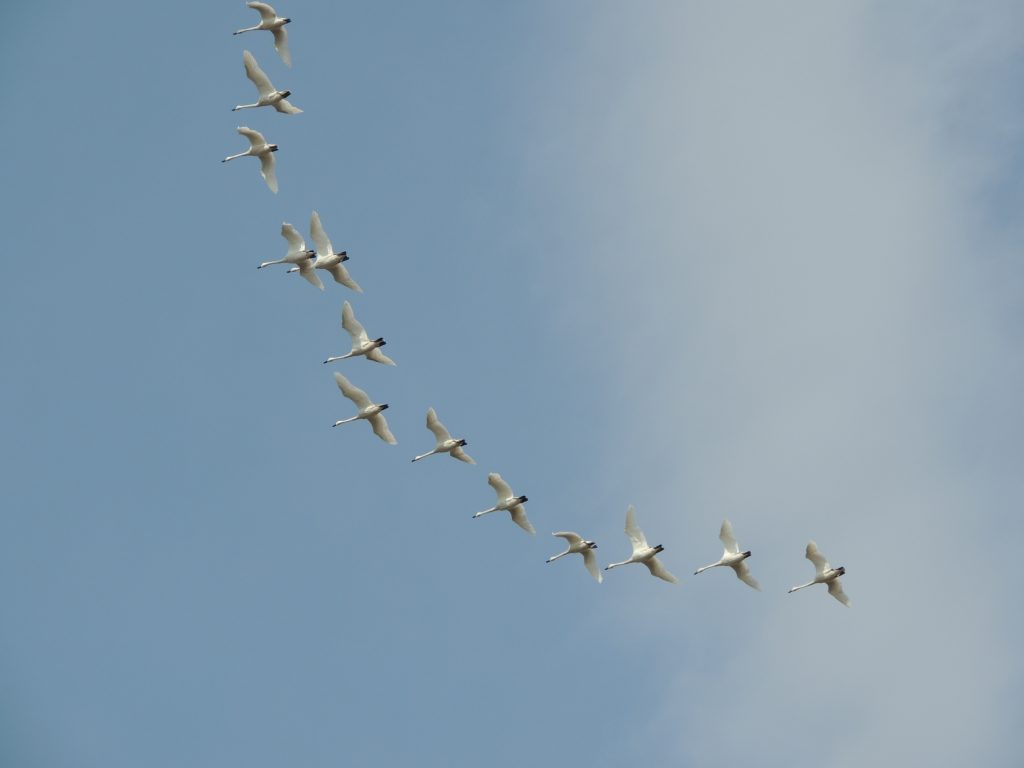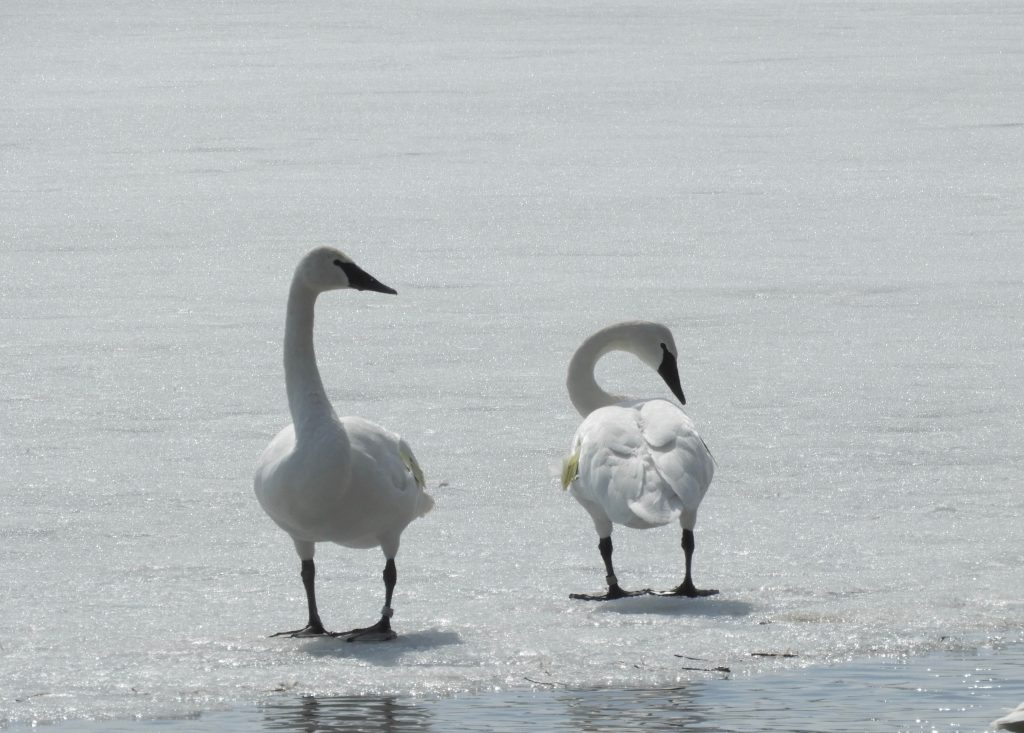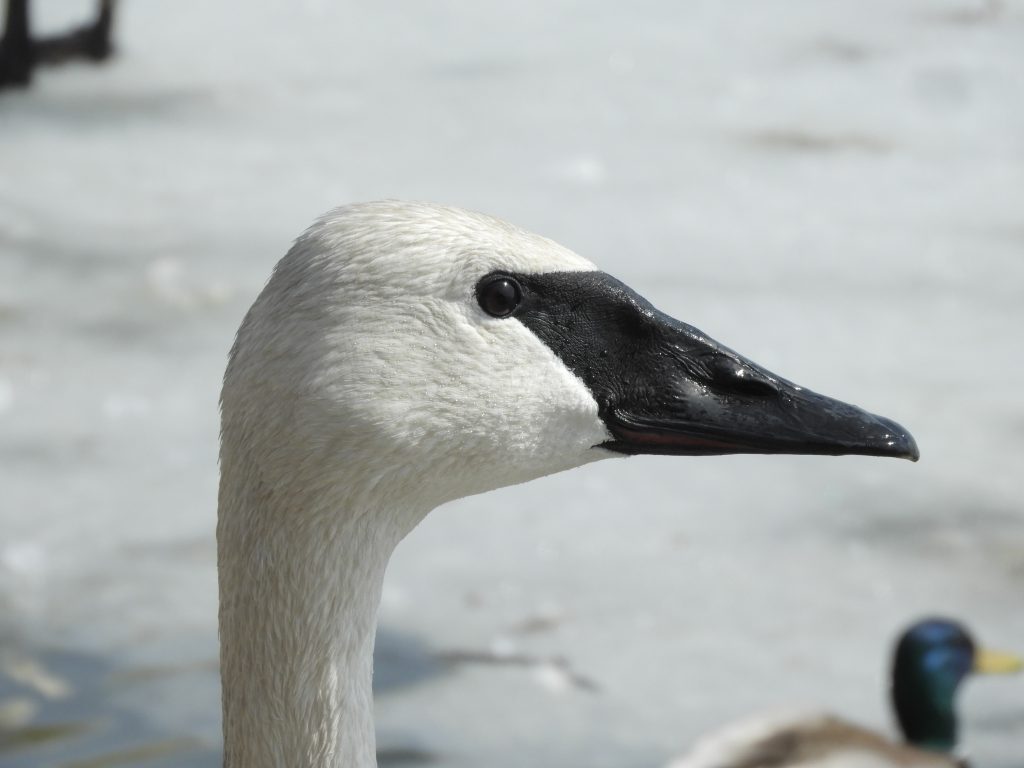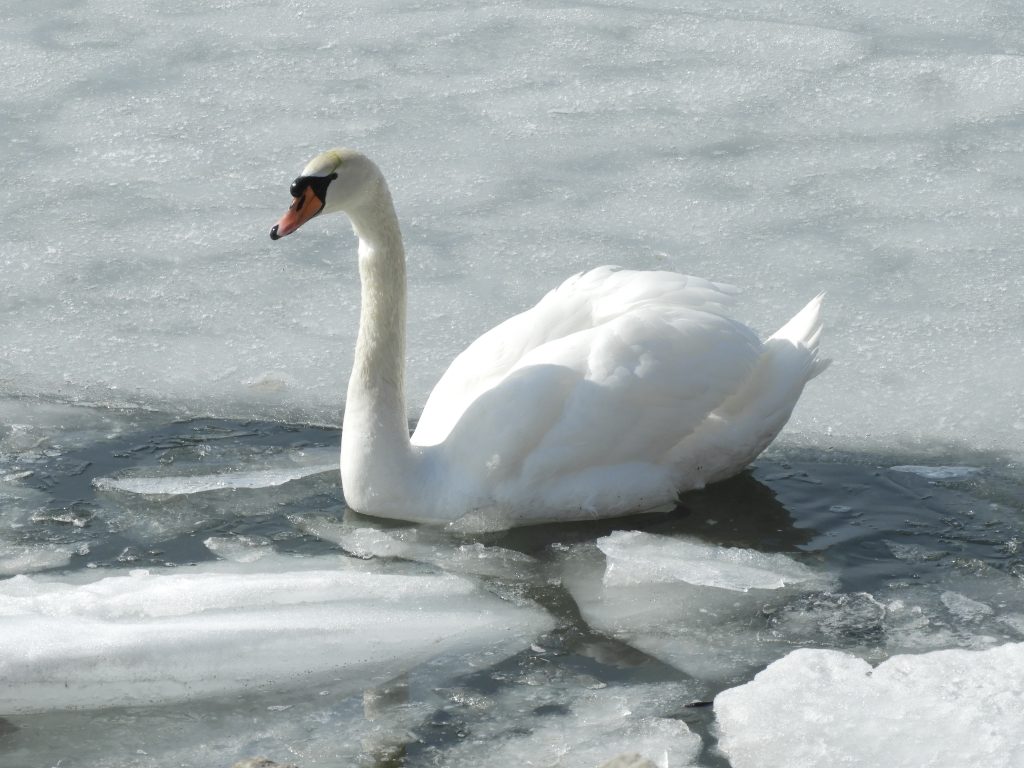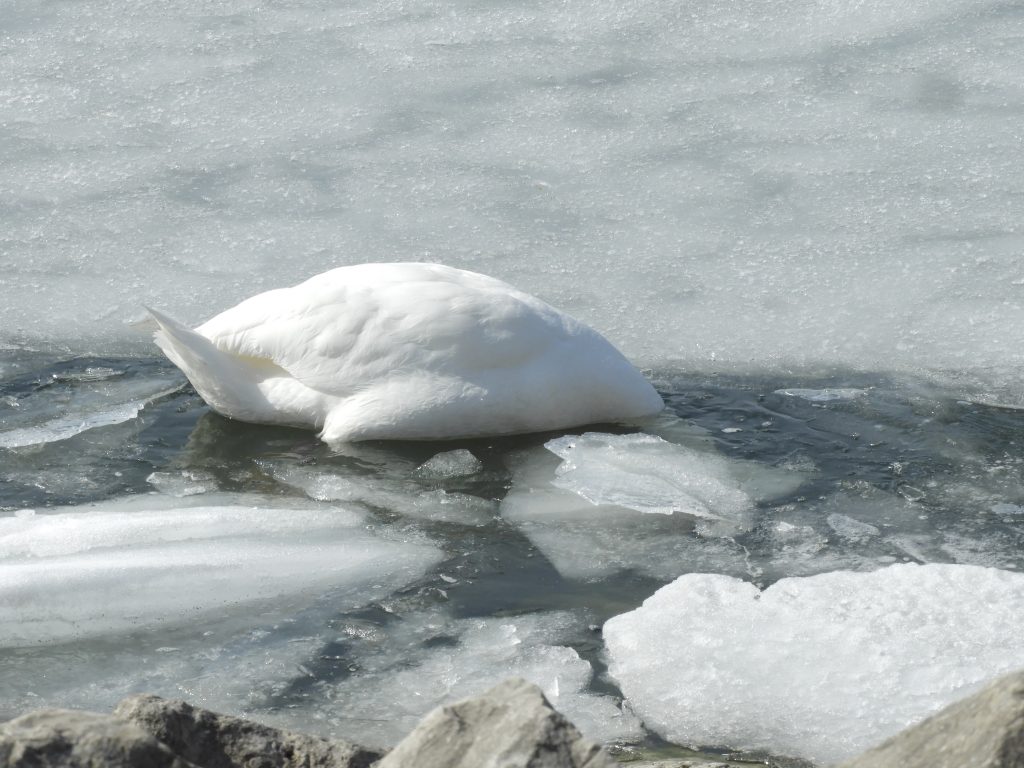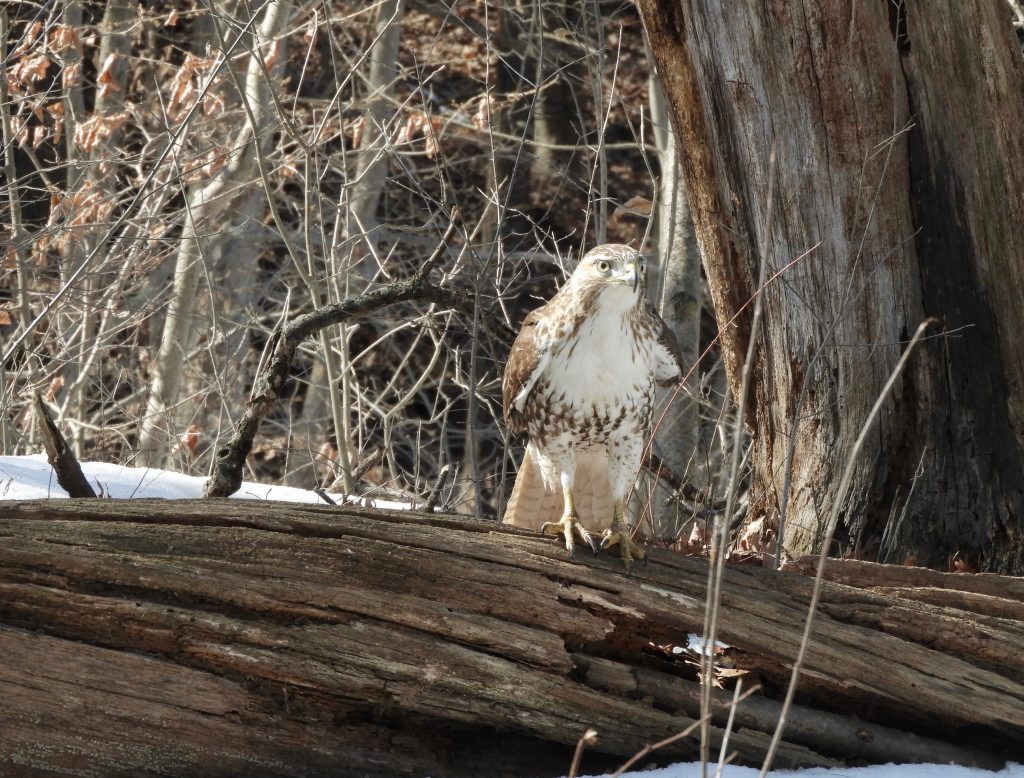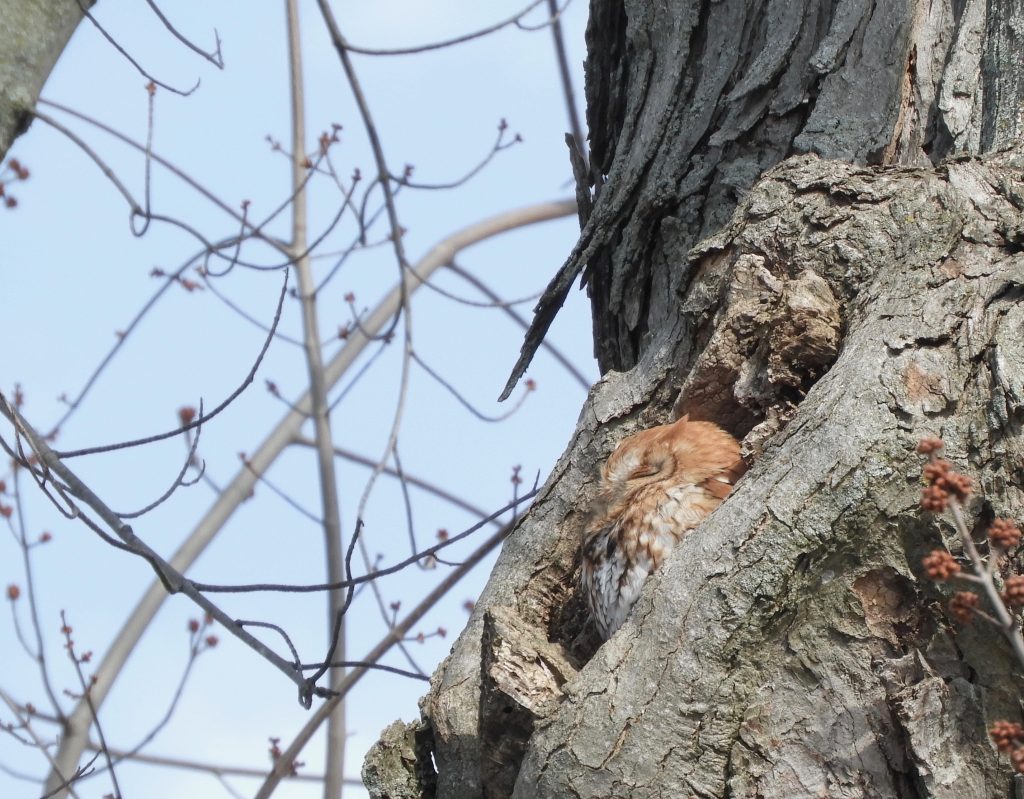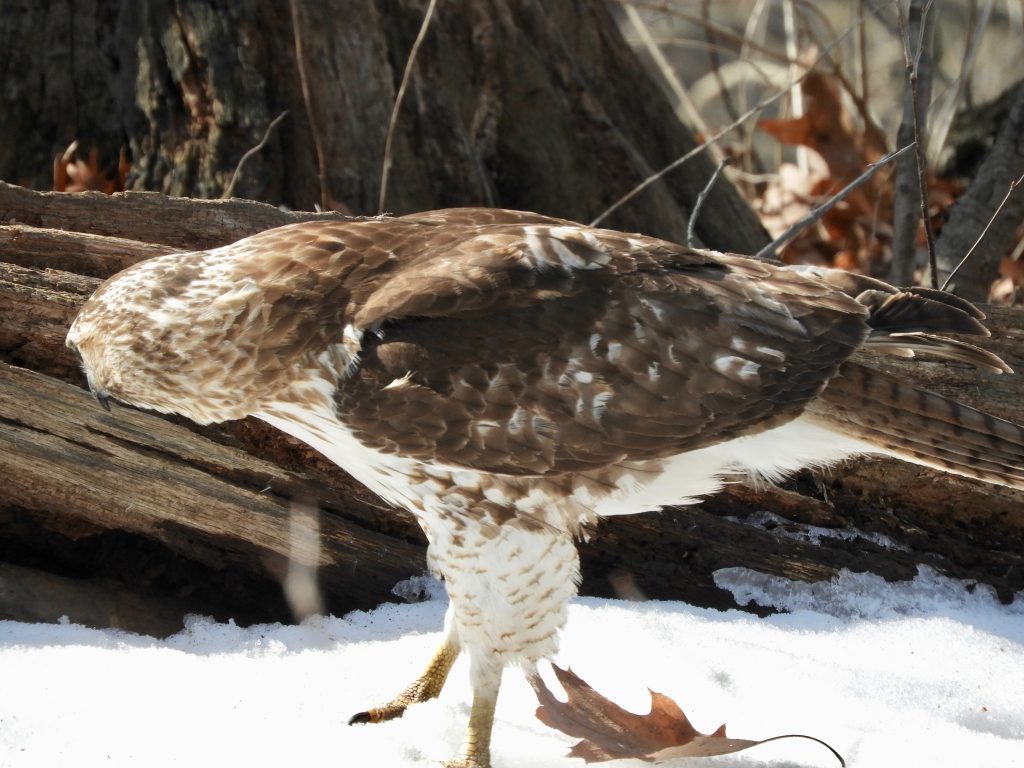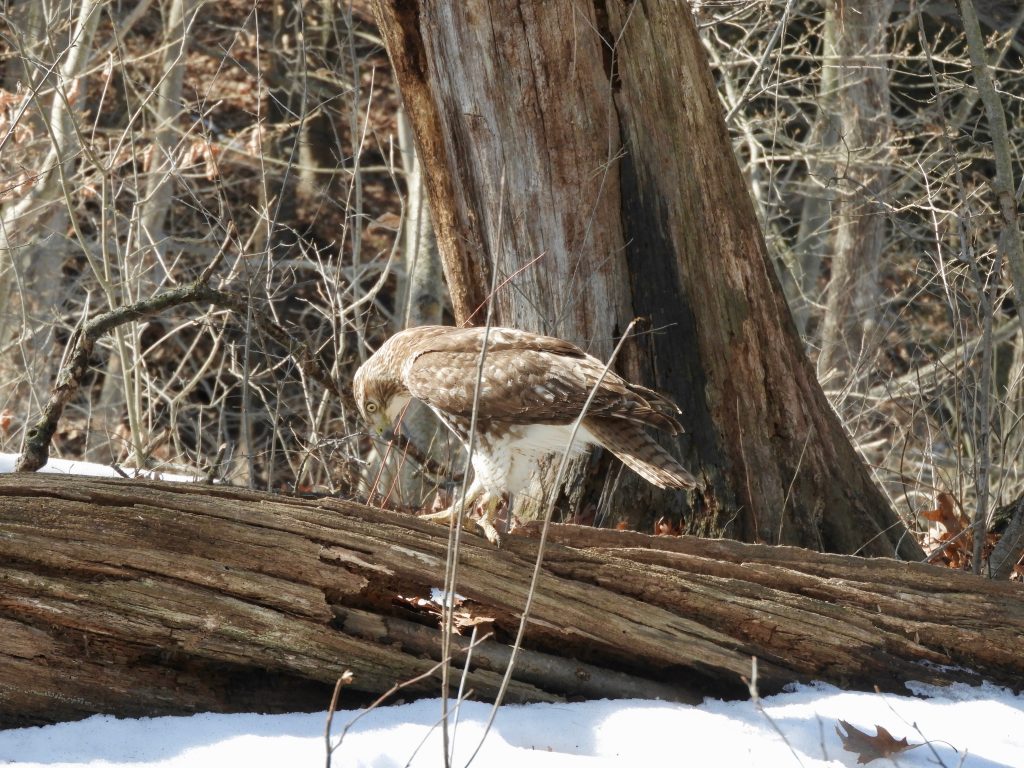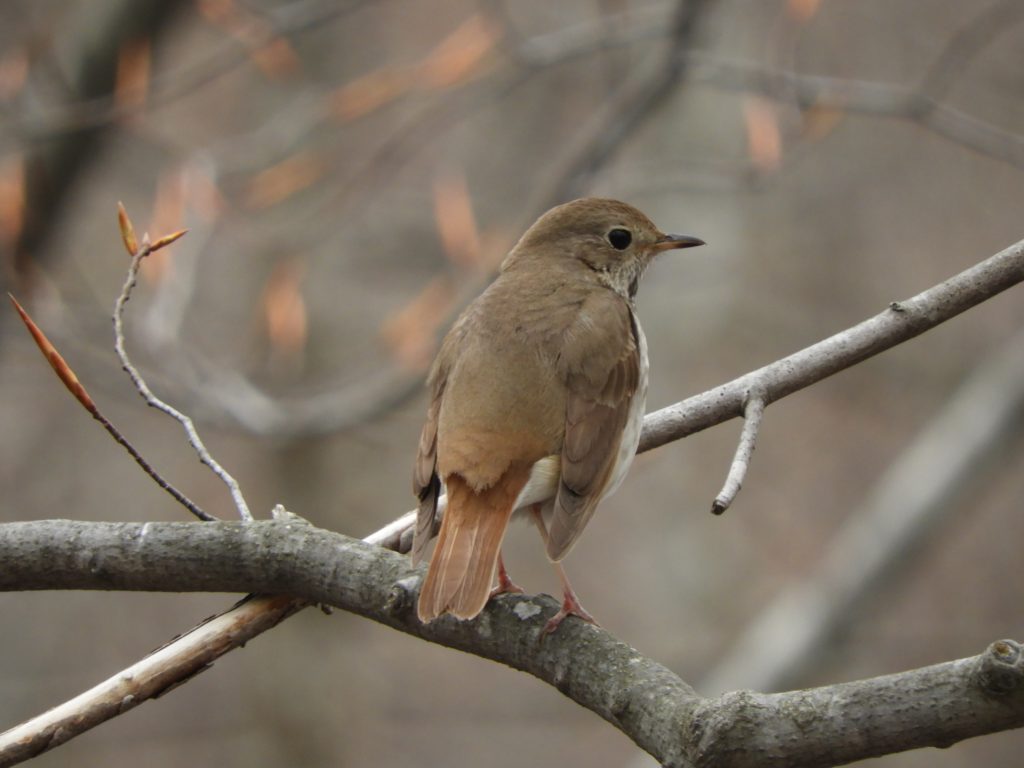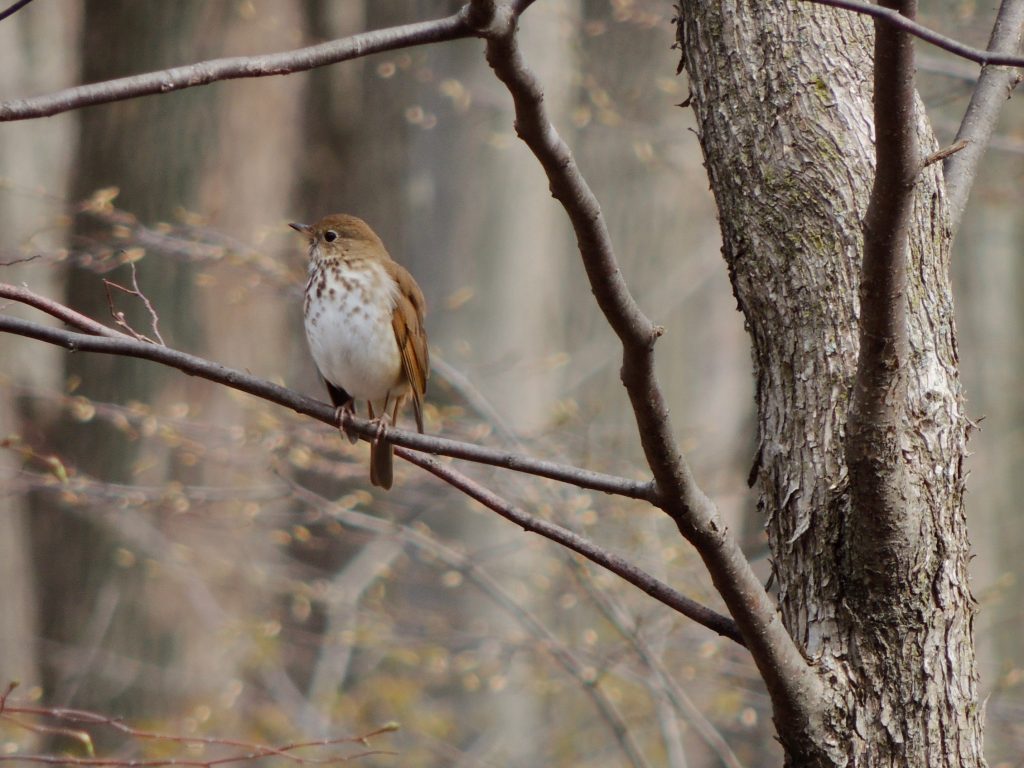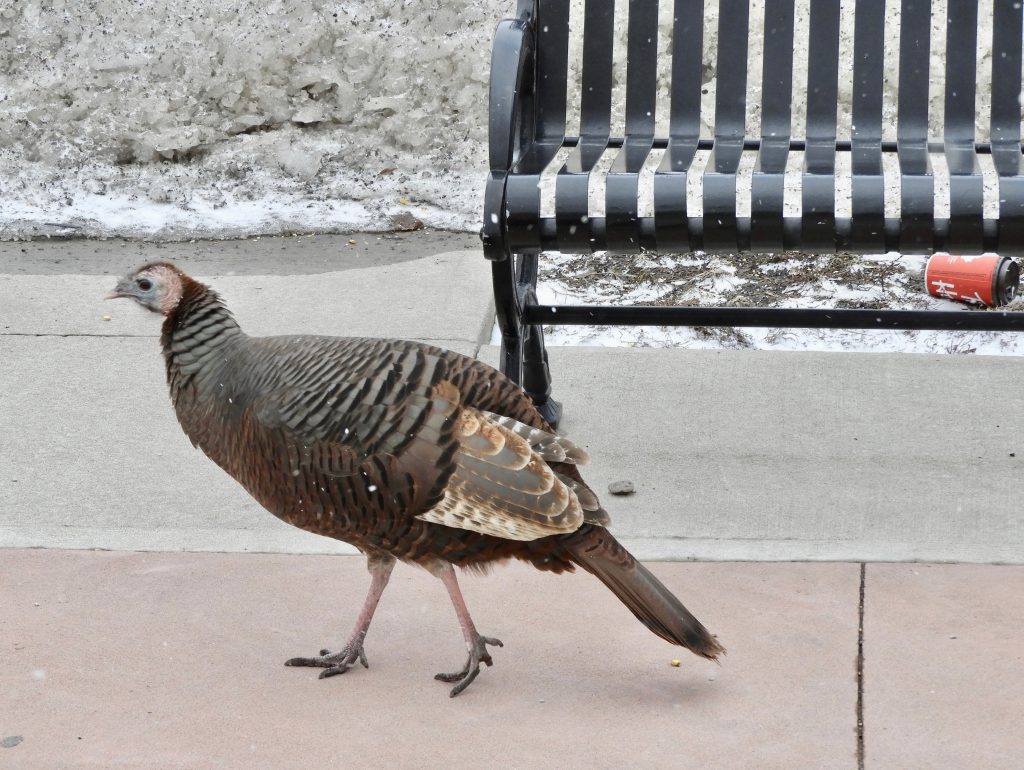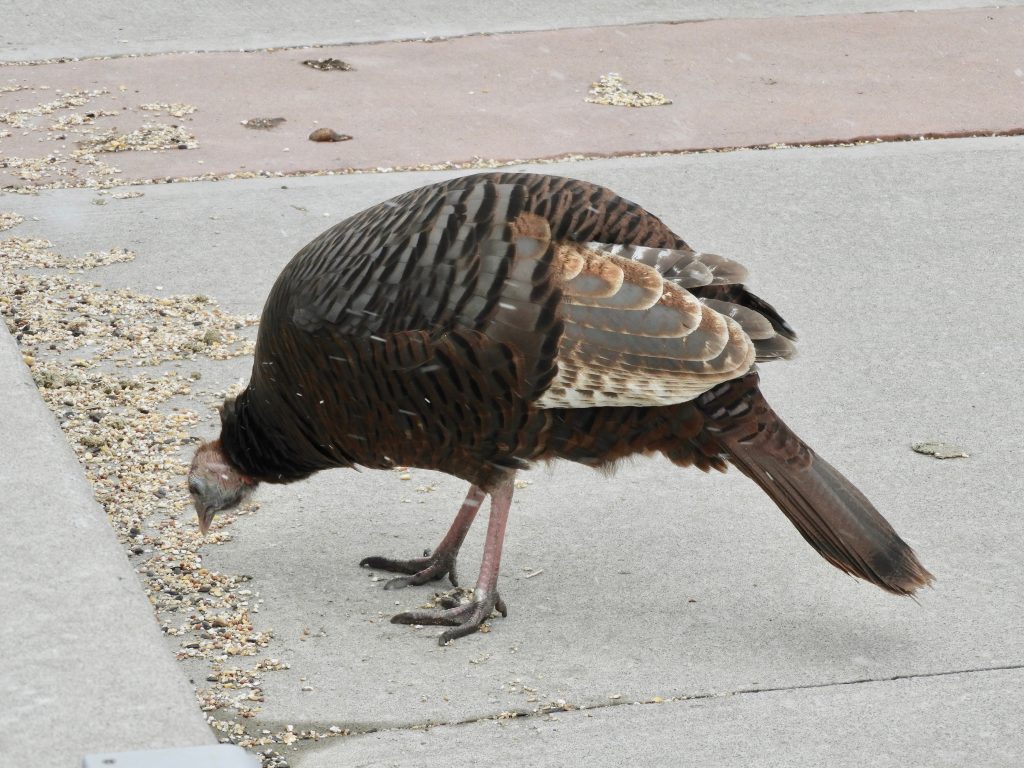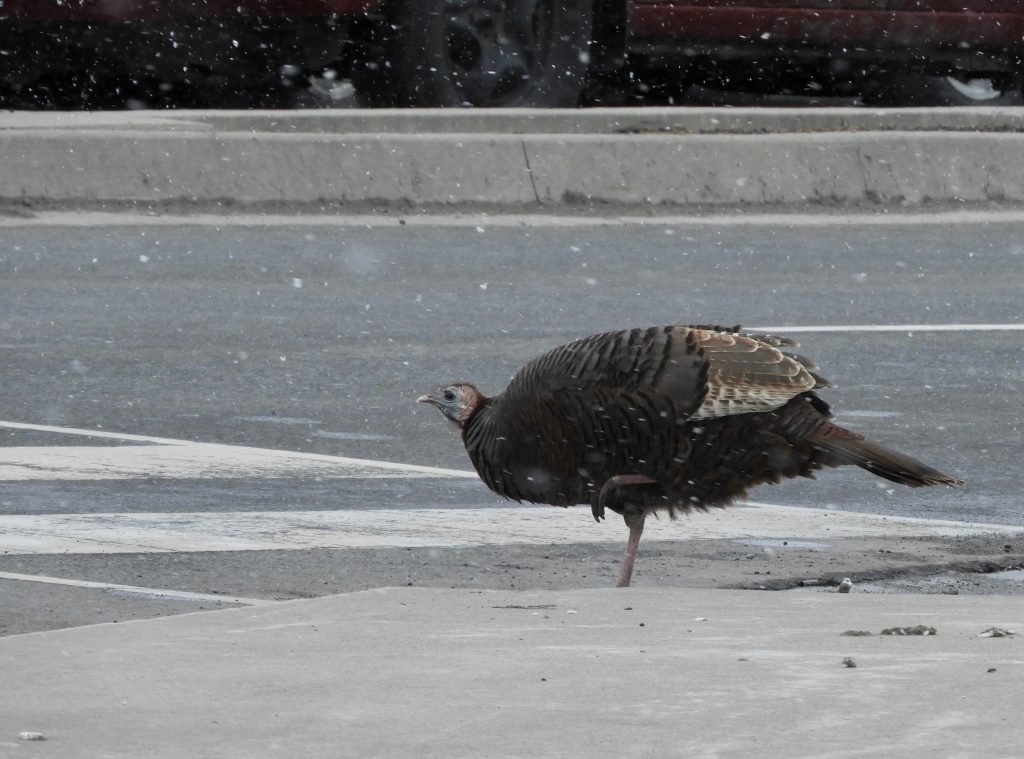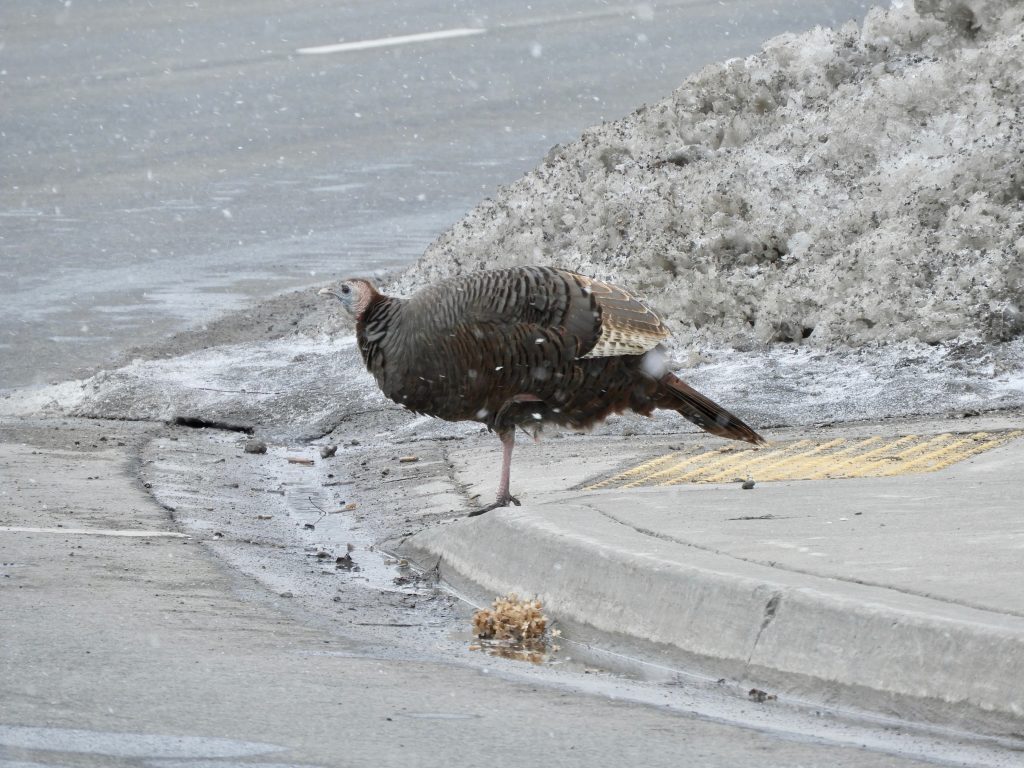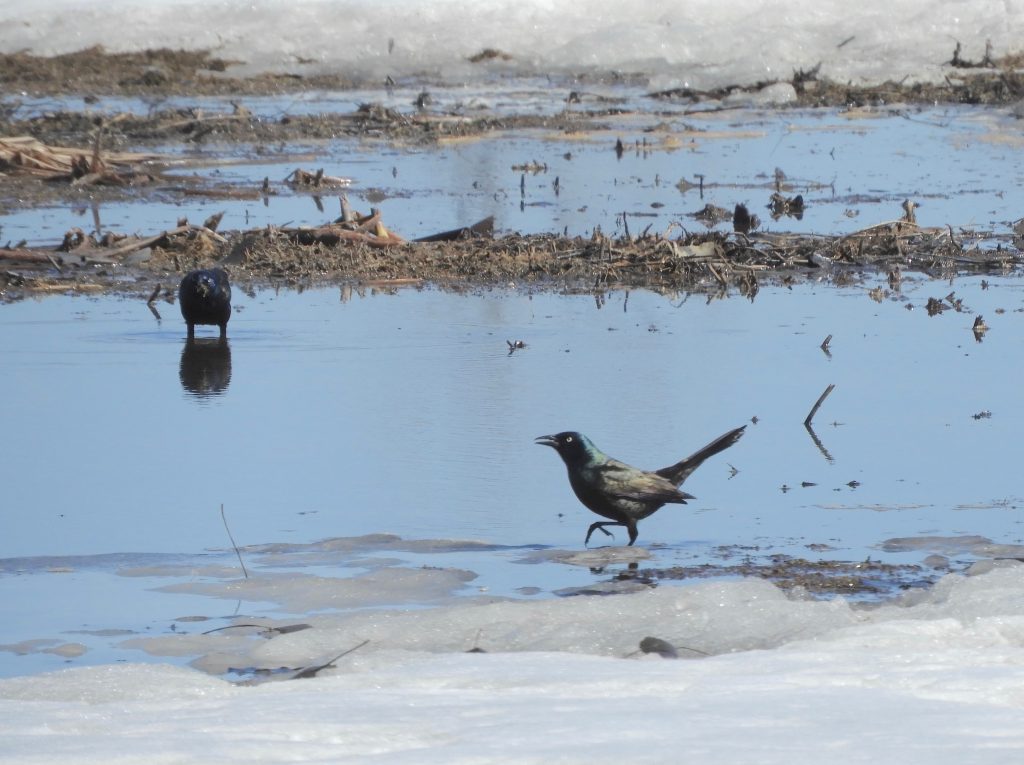
Long Point, Norfolk Co. ON. March 12th. 2021. Last summer I was asked to be the guest expert in a sort of, well let’s call it, phone-in programme. I hesitated to call it that it lest you get the idea that it had a wide audience, which it didn’t. But it was moderated and the unseen and anonymous audience phoned in with questions. I was billed as the Birdman – hardly surprising.
One of the callers, Colleen, asked, “What can I do to scare away the Grackles? I hate them. They’re in and out of my cedar hedge all the time and they’re so aggressive, ugly bullies. I don’t want them, they scare off all the nice birds. How can I get rid of them?” It was a sincere plea, and I was no help at all. Actually, I laughed; perhaps not what our hosts had expected of me.
My response was something like this. “You can’t. They probably have nests in the hedge, so, they’re with you until they’ve finished breeding. They’ll probably leave when they’ve had enough of your place, maybe mid-August if you’re lucky. In September they congregate in big flocks, getting ready to head south. But until then…. I can’t think of anything you can do – except stand outside all day and wave your arms. Well, or you could move. No, I’m afraid, it’s Grackles one – Colleen zero.”
Despondent Colleen was a good sport; at least she was back for subsequent phone-ins.
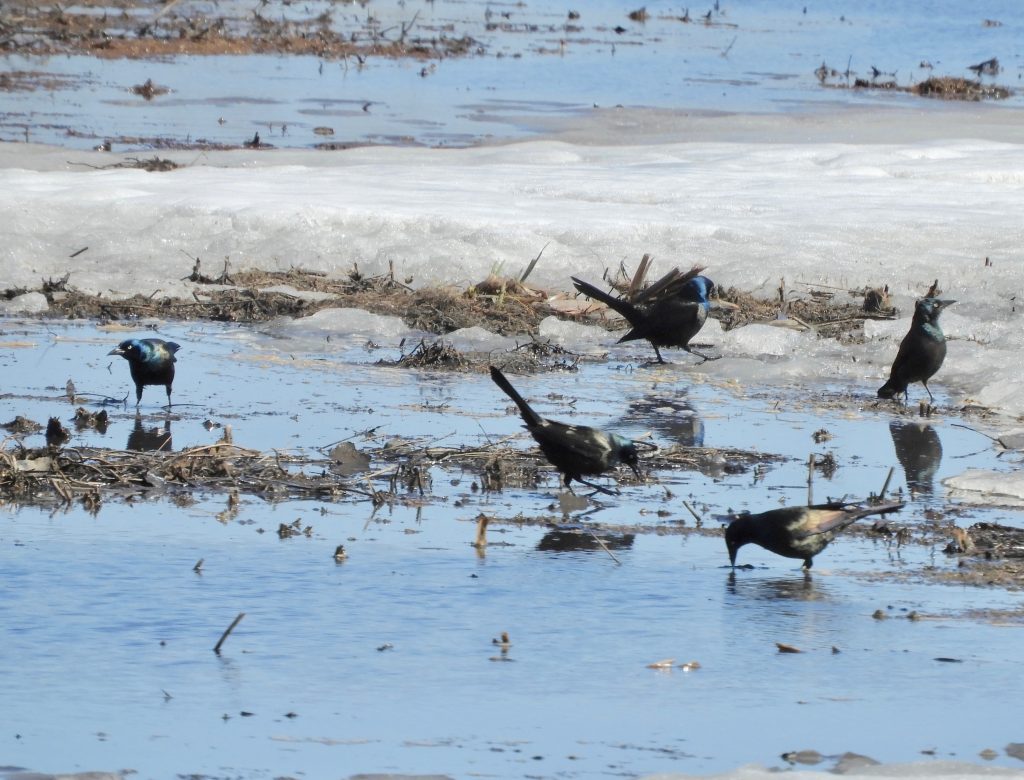
I thought of her yesterday as I watched this animated group of Common Grackles who had just arrived having flown across Lake Erie from points further south. They were picking away around the wet margins of a meltwater pond searching to refuel. I think they’re rather handsome, I like the way they show a bronze and/or purple iridescent sheen when the light is right. That long tail adds a demonstrative flair to an already strutting deportment.
I understand why some, like Colleen, dislike them. They are assertive, increasing in numbers, a significant agricultural pest, and predatory (they eat other birds’ eggs and nestlings). They’re also black and we seem to dislike black birds: Crows, Ravens, Starlings, Jackdaws, Rooks and more.
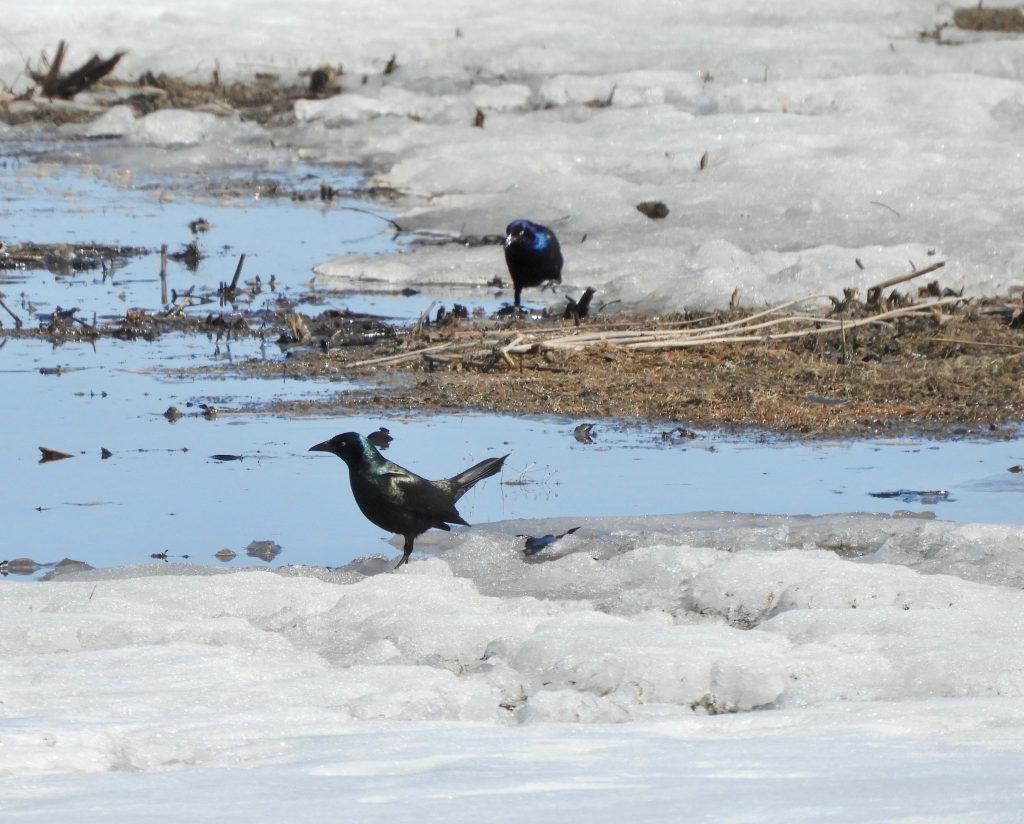
Still, these Common Grackles were my Birds of the Day for all of those endearing points above and, it must be said, I also like their scientific name Quiscalus quiscula. Say it aloud a couple of times.
There were other great birds here today. Among them, some irrepressibly handsome Northern Pintails
